Let it snow, let it snow, let it snow!
Now that song is stuck in your head too 🙂
.
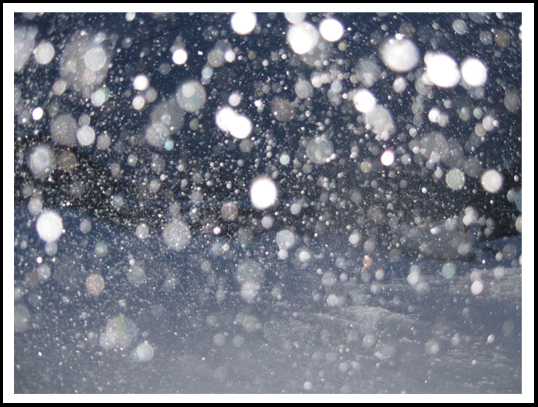
The first fall of snow is not only an event, it is magical event. You go to bed in one kind of world and wake up in another quite different, and if this is not enchantment then where is it to be found? ~ J. B. Priestly
Taking pictures in the snow can be challenging, especially since you are trying to capture the moment while still enjoying everything and worrying about camera settings is not high on the priority list.
I don’t know about you, but I turn into little kids when it comes to snow and just wanna have a snowball fight!
But what ends up happening when you photograph snowy pictures is that you’ll take a bunch of shots and end up with a batch of rather dull, under exposed, images. They lack the dynamic element of photos you’ve seen online.
Whether you’re a seasoned camera pro, just starting out, or somewhere in the middle, I want to be able to give you a few tips to help you capture better photos in the fluffy white stuff!
.
Let it Snow!
Temperature
One of the biggest things to be mindful of is the temperature. Cameras are built to work within a specific temperature range and batteries have similar needs.
I know you’ll be itching to get out and shoot in the falling snow, but don’t try and take pictures as soon as you come out of the warmth into the cold (or vice versa). The camera needs to acclimatize to the new conditions, so let the camera sit for a few minutes before attempting to take pictures.
Use the Correct Exposures
Your camera will want to make everything mid-toned, and this can lead to problems when shooting snow. Brilliant white snow confuses your camera, and it can lead to under-exposed photos and snow that looks gray in the final image. Many digital compact cameras now have a snow scene mode, so just set the camera to this if it has one. Otherwise, you can help your camera out by using your exposure compensation button, and dial in a value between + 2/3 to +1 2/3, depending on the brightness of the snow.
What? You don’t know how to change the exposure compensation?!
No sweat!
Grab the handy dandy manual that came with your camera (you know, the one that’s still sitting, unopened in the box) and look in the index for Exposure Compensation. Even most point and shoot cameras have manual capabilities and will allow you to manipulate the settings somewhat.
Don’t have the manual anymore?
Fear not!!!
Most camera manufacturers now offer a digital copy of your manual available for download online.
And if all else fails: go-go-gadget-google!
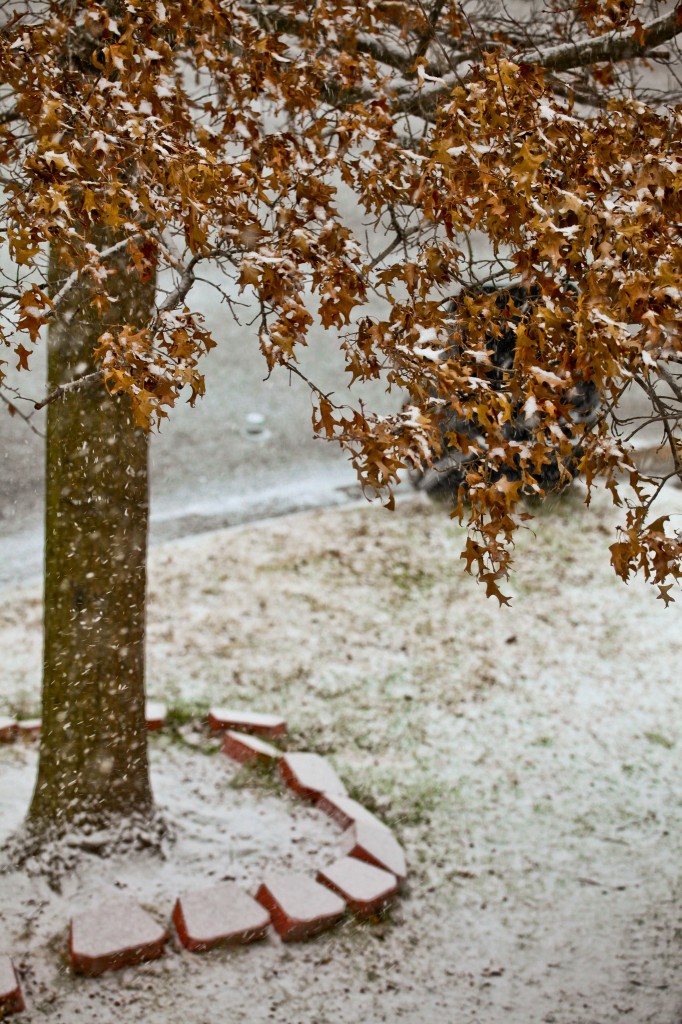
Dealing With Reflections
Using a lens hood when shooting photographs in snow is vital. The flare caused by snow can make photos look very hazy.
For much the same reason, you should avoid using flash, as it can bounce off the snow and cause overexposure. If it’s actually snowing while you’re shooting, the flash likely will turn snowflakes into distracting balls of overexposed light. (as evidenced by my photo above)
Think Creatively
Stark white skies and snow covered objects can look very eerie, particularly if you shoot them in black and white, so be creative with your snow photography.
Less is often more, so don’t try to cram everything into one shot. Look for interesting trees, buildings, and other objects — then zoom in! Clean objects framed against a white background make for strong images.
Think about getting down to the level of your subject (and this should go for all the pictures you take). Shooting a snowman by lying on the ground will give you a sense that he is far bigger than he is. Likewise when it comes to shooting a snowball fight if you’re photographing kids – get low. If you’re feeling brave get them to throw snowballs at you just as you take the picture… just make sure your camera’s up to it!

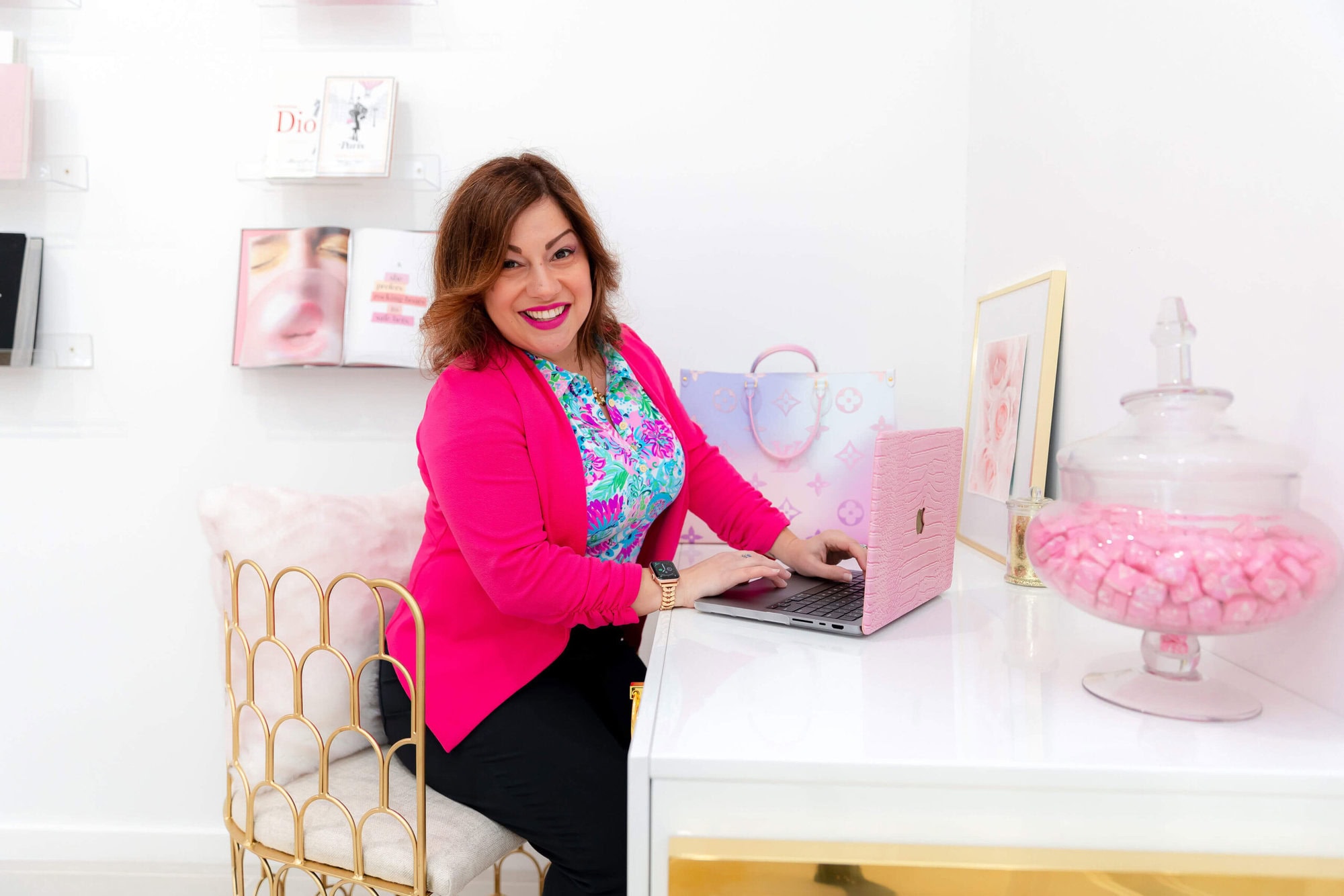

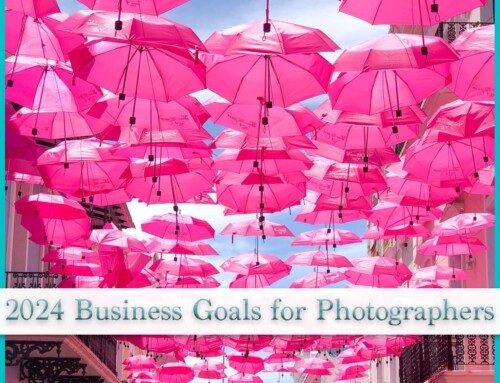
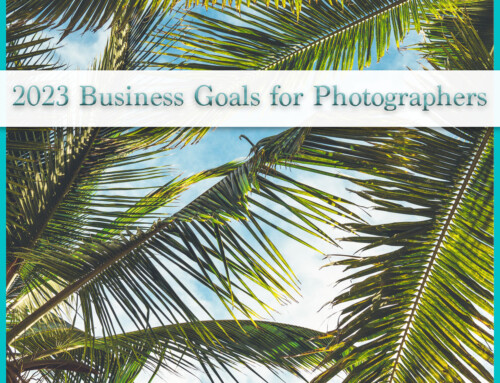

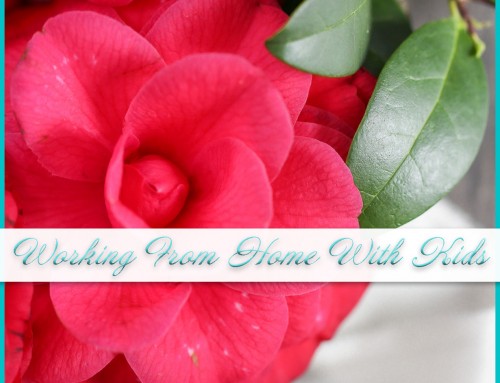

Great tutorial Judith! Thanks for sharing your expertise!
[…] (If you’d like to check out some tips and tricks for taking pictures in the snow, check this LINK […]